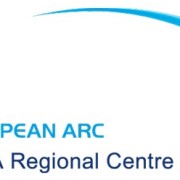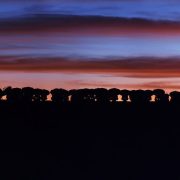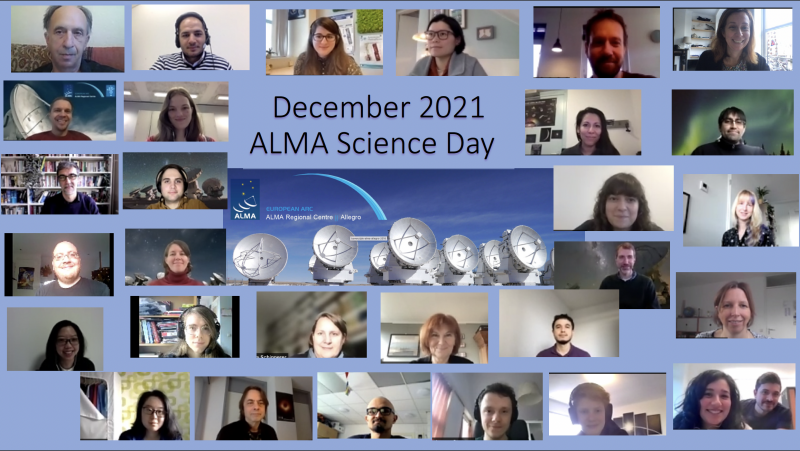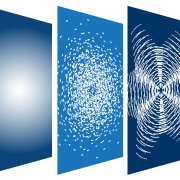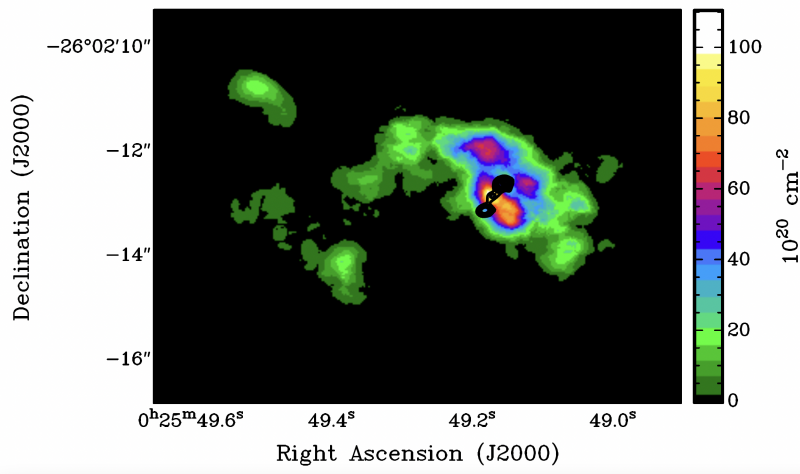Allegro: 2021 look-back and upcoming year
As the pandemic continued throughout 2021, the Allegro staff also continued working from home for most of the year. However, despite of this, the group remained operational with activities divided into three main categories:
- user support (e.g., contact scientist activities, face-to-face requests and training events)
- development of expertise areas
- carrying out independent scientific research.
It is particularly worth noting that Allegro had a full staff turnover in the past two years! With the exception of Michiel Hogerheijde (the Program Director) a whole new team was formed between 2020 and 2021, with the last three group members joining just over one year ago. This means that a good part of this year was dedicated to defining our internal workflows, updating our documentation and why not, getting to know each other (over Zoom!).
We would like to highlight here some of the most outstanding activities of Allegro from 2021, starting with our community events: we carried out a proposal preparation day in March and two Science Days and CASA training days in January and November. We featured presentations from the broad ALMA science community in the Netherlands, and also carried out dedicated trainings with hands-on components (for the most recent one, please read more here). Note that you can find recording of all these events on our Allegro YouTube channel and please remember to subscribe!
As mentioned previously, our Allegro postdocs also spend a significant fraction of their time on expertise areas. For 2021, most notably, we would like to mention two of those projects which were finalized this year: an easy-to-use and flexible-to-be-customized ALMA archival search tool, called ALminer¹ and a new ALMA tracker² (aka, the Dashboard) which is already being used by most of the EU ARC nodes to keep a regular overview of ALMA projects in the current queue, with data directly imported from the telescope.
As a look forward in 2022, we would like to advertise two very exciting new activities led by Allegro. The first is an outreach program in collaboration with the Leiden City of Science program and the Old Observatory: we will create a virtual ALMA telescope within the city of Leiden and demonstrate how large ALMA really is but also how interferometry works. Our program will also feature special Leiden walks, and games!
The second new activity will involve students at other Universities, who will be our new emissaries and will be kept “in the know” about ALMA-related activities throughout the year. More information will be distributed in the next newsletter, so please stay tuned to find out more!
We also continued to help our users with their approved projects and with their ALMA data as needed. You can contact us at any time at alma@strw.leidenuniv.nl.
¹ALminer was developed by Aida Ahmadi in collaboration with Alvaro Hacar.
²The ALMA tracker was developed by Andres Pérez Sánchez in collaboration with Carmen Toribio Perez.

